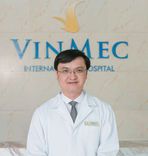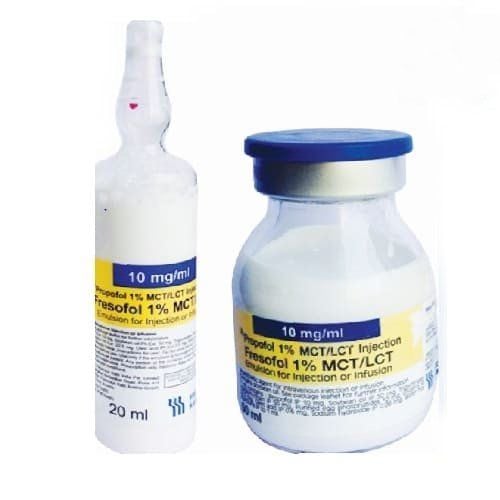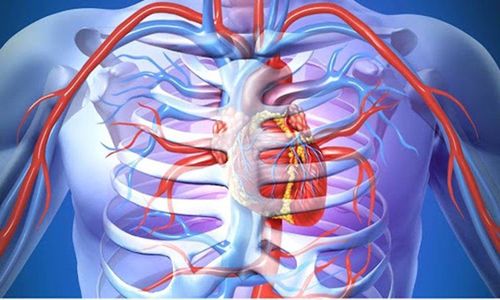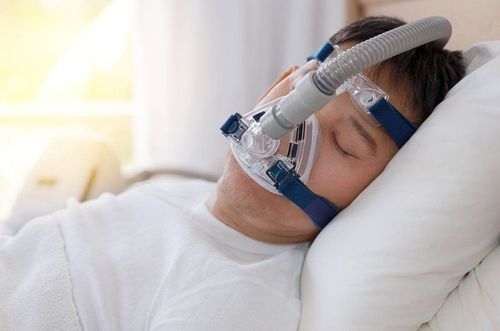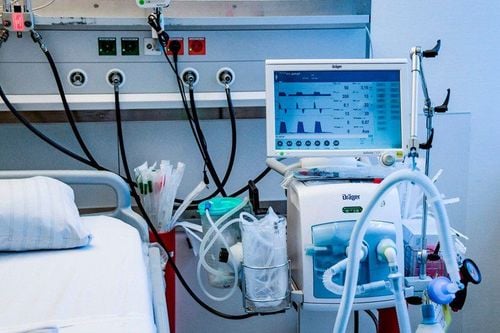This is an automatically translated article.
The article is professionally consulted by Master, Doctor Ta Quang Hung - Department of General Surgery - Vinmec International General Hospital Da Nang.Thoracic surgery is a major surgery with many potential complications, risks, and risks during and after surgery. Anesthesia methods for thoracic surgery include intravenous and endotracheal anesthesia. Anesthesia in thoracic surgery can be combined with an epidural.
Anesthesia is the method used in most surgeries to temporarily lose sensation, relieve pain, lose consciousness (anesthesia) or not lose consciousness temporarily (anesthesia). Anesthesia methods include general anesthesia (anesthesia) and regional anesthesia (anesthesia). General anesthesia or general anesthesia (including mask anesthesia, intravenous anesthesia, endotracheal anesthesia and combined anesthesia) and regional anesthesia - regional anesthesia (local anesthesia, spinal anesthesia) , epidural anaesthesia , plexus anesthesia , nerve trunk anesthesia
Thoracic surgery can use 2 common methods of anesthesia, which are endotracheal anesthesia and concentration control anesthesia. In which, target concentration control anesthesia can be combined with an epidural, an epidural plane (ESP) or a paravertebral block. side or two sides.
1. Intravenous anesthesia in thoracic surgery
Target concentration-controlled anesthetic method combined with regional anesthesia (epidural anesthesia, vertebral plane sedation (ESP) or paraspinal anaesthesia ): is one of the methods applied. in thoracic surgery. For this method, regional anesthesia will be performed to reduce pain for the patient during and after surgery. Anesthesia controlled the target concentration with intravenous anesthetics or volatile anesthetics to help patients not worry, fear, temporarily lose consciousness, lie still during surgery. However, this method is often applied in simple surgery cases, the patient does not need to isolate one lung, the lung is large to facilitate surgery such as: lobectomy, lung resection, preventing infection from from the diseased lung to the healthy lung, the surgery with thoracic opening... Then it must be done through the method of endotracheal anesthesia.In the case of maintenance of anesthesia with volatile anesthetics: Evaporative anesthetics used in thoracic surgery have a nonspecific bronchodilator effect and do not increase pulmonary shunts compared with intravenous anesthetics. Volatile anesthetics are rapidly eliminated, thus allowing early removal of ventilators and endotracheal tubes in patients. Currently, sevoflurane is commonly used. Sevoflurane anesthetics: In addition to the advantages such as halogenated volatile anesthetics, they also have the effect of less hemodynamic disturbances, airway irritation and thereby do not increase airway resistance. Nitrous oxide: Nitrous oxide can reduce the dose of volatile anesthetics in thoracic surgery, but it should be noted that nitrous oxide should not be used when performing single-lung ventilation because it can increase pulmonary shunts and cause severe hypoxemia more important. Nitrogen oxide is contraindicated in cases of cysts and air bubbles because gas expansion can rupture the air bubble or cyst. Targeted controlled anaesthesia is often combined with regional anesthetics such as epidural, epidural plane (ESP) or unilateral paravertebral block. or both sides to reduce postoperative pain for the patient. Regional anesthetic techniques will be performed before or after anesthesia by experienced physicians. This technique combined with targeted concentration control anesthesia will produce a state of anesthesia that is nearly necessary. Equilibrium, ideal: Patient is in deep sleep, no pain sensations, no stimulation, hemodynamically stable, breathing is controlled.
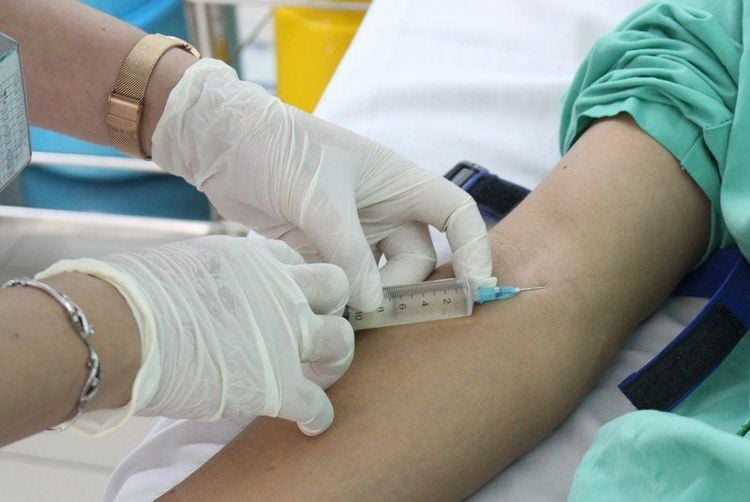
2. Endotracheal anesthesia in thoracic surgery
Endotracheal anesthesia is an anesthetic technique with an endotracheal tube in place to maintain airway patency, facilitate tracheal aspiration, and control breathing during surgery. During the procedure, the patient will temporarily lose sensation and consciousness due to the effects of the anesthetic, but the patient can still breathe on his own or breathe through an endotracheal machine.One of the most common methods of administering endotracheal anesthesia today is the use of a short-acting intravenous anesthetic such as propofol to induce anesthesia, administer a muscle relaxant, and maintain anesthesia with a volatile anesthetic or an intravenous anesthetic. circuit with a conventional electric syringe or TCI.
In thoracic surgery, endotracheal anesthesia is absolutely indicated for the following cases:
Preventing and limiting infection, bleeding or bronchial obstruction in healthy lungs, preventing spread or effusion Blood, pus in the damaged lung to the healthy lung. Adjustment of ventilation distribution in cases of bronchopleural-skin fistula, bronchopleural fistula, major surgery of the airway system, bronchial surgery, one lung with bullous or large cyst. Thoracic surgery to wash one lung, bronchi due to lung dust, protein stagnation in alveoli. Endotracheal anesthesia is relatively indicated for the following cases: surgery on the spinal cord in the chest area, thoracoscopy, large blood vessels in the chest; esophagectomy, mediastinal tumor, lobe lung, lung.
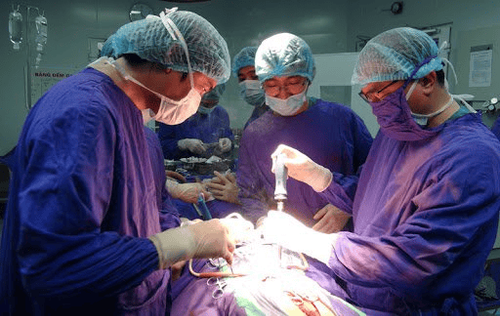
Induction of anesthesia: Ensure induction of anesthesia deep enough and stretchy enough. To reduce the bronchospasm reflex, lidocaine spray can be used. Lubricate the tube, using a rigid-barreled wire to guide the insertion of the inner tube of the bronchial branch. Insert the endotracheal tube into the glottis using a laryngoscope, then withdraw the barrel and tube. During the implementation of endotracheal anesthesia for thoracic surgery, it is necessary to monitor the anesthetic depth, vital signs and some other indicators, in which the parameters of the anesthetic machine need to be kept the same. .
Depending on the specific thoracic surgery, there will be an appropriate anesthesia method. However, thoracic surgery is a major surgery, it is necessary to perform general anesthesia, if there is chest opening, it is necessary to perform artificial ventilation for the patient.
Vinmec International General Hospital is one of the hospitals that not only ensures professional quality with a team of leading medical doctors, modern equipment and technology, but also stands out for its examination and consultation services. comprehensive and professional medical consultation and treatment; civilized, polite, safe and sterile medical examination and treatment space. Customers when choosing to perform tests here can be completely assured of the accuracy of test results.
Master. Doctor Ta Quang Hung has over 10 years of experience in teaching and practicing in the field of Anesthesia and Resuscitation. Currently, working as an Anesthesiologist, General Surgery Department - Vinmec Danang International Hospital
Please dial HOTLINE for more information or register for an appointment HERE. Download MyVinmec app to make appointments faster and to manage your bookings easily.
